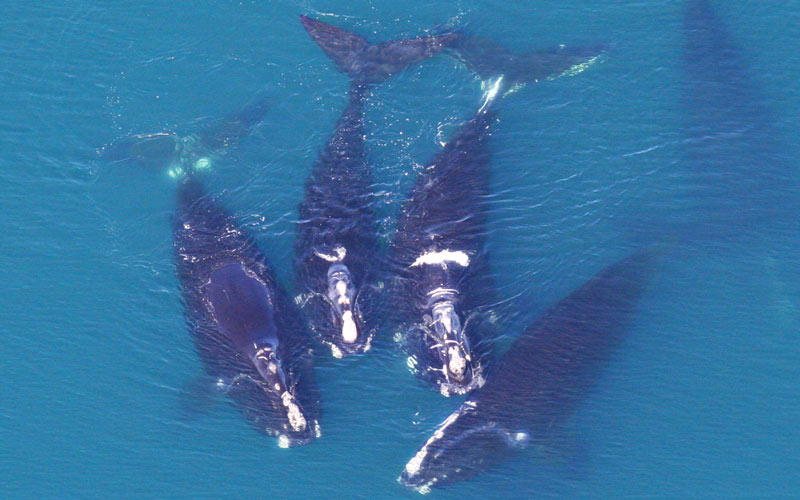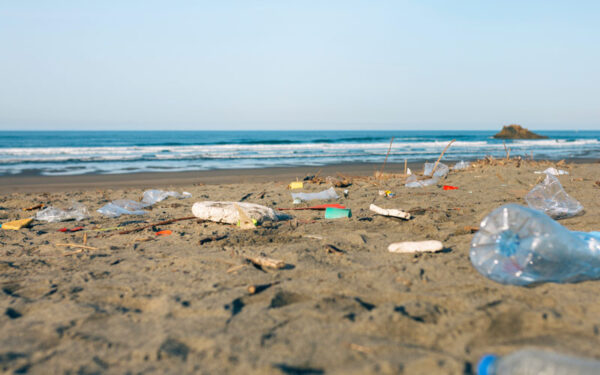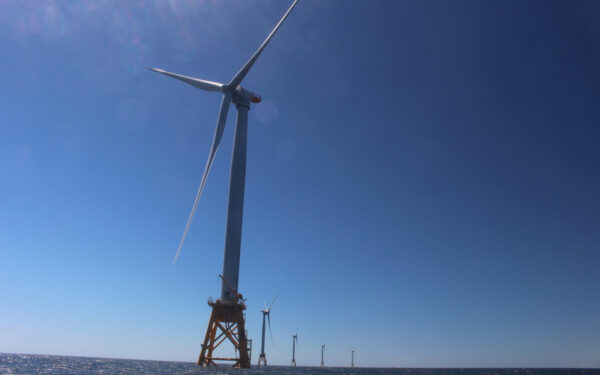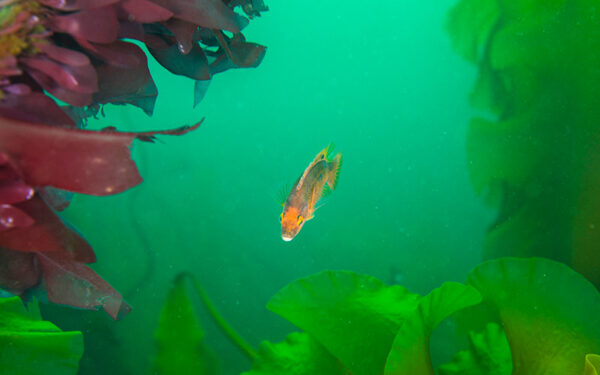
Right whale names provide a window into a whale’s life story and help scientists to quickly identify them. Photo: Sea to Shore Alliance/NOAA, permit #15488
Names form an important part of our identity. They make us distinct and offer a glimpse into our family history and the places where we came from. But, for critically endangered animals like the North Atlantic right whale, names do so much more.
Right whale names open a unique window into a whale’s life, describing unique physical features and telling the story of the experiences that they have overcome.
But who’s behind naming the whales? Or why do they bother naming them?
Here’s the how, the why, and much more.
Do all right whales have names?
Short answer: No. But all sighted whales have a unique number to help scientists identify them. They are all equally special, but a name may not always be helpful unless a whale has a memorable feature. It doesn’t make sense to name a whale Snoopy unless that whale has a unique feature or a story that helps us quickly tell that it is indeed Snoopy.
Overall, right whale names are thoughtfully selected and can teach us a lot about what makes each whale unique. Here are some of the most commons ways right whales get their names:
#1 Beauty marks – unique callosities
Each North Atlantic right whale sports a unique set of callosities on its head. Sometimes, these beauty marks (as I call them) resemble cool shapes that make whales stand out from each other. That’s how Snow Cone got her name.
Other whales named for their distinctive callosity patterns include Popcorn, Cottontail, and Alien. Take a look at their photos and see if you can spot each whale’s distinctive marks.
#2 Accidental scars
Sadly, the majority of North Atlantic right whales have scars or lesions on their bodies from accidental entanglement in fishing gear and strikes with boats and ships.
In fact, scientists have found that at least 85% of North Atlantic right whales will be accidentally entangled in gear at least once in their life. That’s why many whales can be quickly identified from the scars on their bodies.
I recently came upon Millipede during an expedition with New England Aquarium scientists. The 16-year-old got her name from the long propeller scars on her right side. For many female whales, scars can harm their ability to have calves. Yet, despite these injuries, Millipede became a mom this year to a beautiful and healthy calf.
Other whales named for their scars include Wolverine, Dollar, and Boomerang.
While the stories behind these names are unfortunate, they also remind us that North Atlantic right whales are resilient creatures. And that we must do everything within our reach to help save this species from extinction at the hand of these human-made threats.
#3 Amazing Stories
You can find many stories of resilience and survival among right whales – like Lucky, who received her name after surviving a vessel strike as a calf. (Not all whales are so lucky, though.)
Yet, no story is as famous and inspiring as Calvin’s. When Calvin was very young, a vessel struck and killed her mother, Delilah. Calvin was left to fend for herself as a newborn, and scientists didn’t believe she would survive. Against the odds, a year later, she turned up healthy and happy in the Bay of Fundy. Her feistiness and will to survive without her mother prompted researchers to name her after the adventurous character from “Calvin and Hobbes.”
Calvin’s story inspired the creation of The Calvin Project in 2004. The seventh- and eighth-grade students who take part in the Calvin Project each year educate people on the issues facing North Atlantic right whales. Check out her full life story.
You can help name North Atlantic right whales
Scientists who work with the whales have the final say when it comes to names – but you can also help. Anyone can request for one of the animals to be named or make name suggestions. Every year, the North Atlantic Right Whale Consortium reviews the submissions and selects 10 to 15 individuals for naming.
The call for nominations usually takes place towards the end of the year. In December 2020, the Consortium selected 18 whales, all of which now have names.
Names can make a difference in the survival of right whales
Scientists believe that before the 17th century, as many as 20,000 North Atlantic right whales roamed the ocean. Today, that number lies below 370 and is quickly in decline. What’s more, fewer than 90 females remain on the planet.
This means that every whale life counts and can make a difference in helping this species recover.
That’s why scientists keep a close eye on these mammals – looking after their wellbeing and learning about their lives. Giving a unique name to each whale makes it easier for scientists to quickly identify them and track their health and location throughout time. Understanding well these whales helps advocates fight for better protections to safeguard the future of the species.
Want to keep learning about North Atlantic right whales?
Take a minute to explore the North Atlantic Right Whale Catalog. This unique online database features more than 1 million photos of over 768 right whales from 500+ contributors. There, you can learn more about these whales’ names, families, and life adventures.
But before you, do sign our petition asking federal regulators for stricter regulations to protect North Atlantic right whales from accidental entanglements and strikes with ships and boats.
[widget id=”clf_cta_widget-6″]




